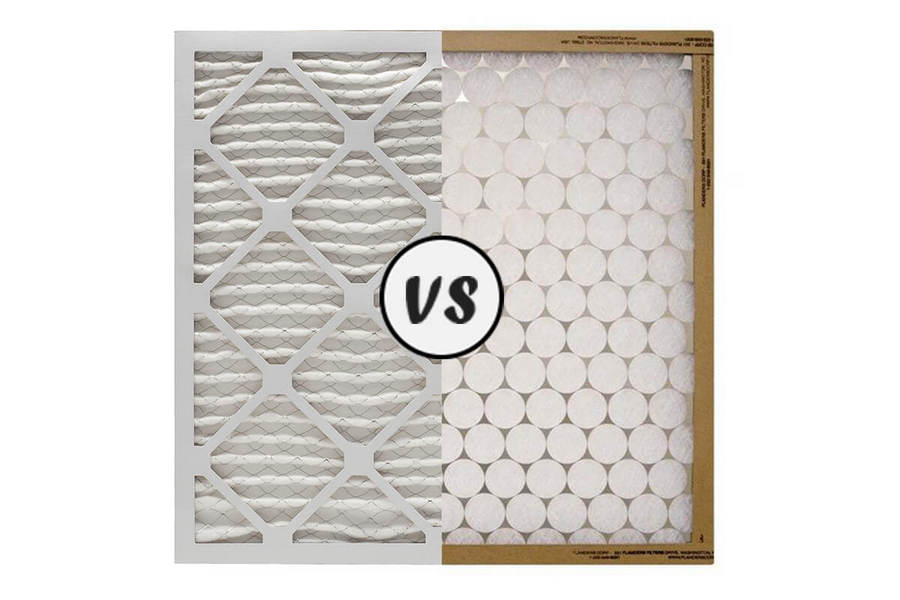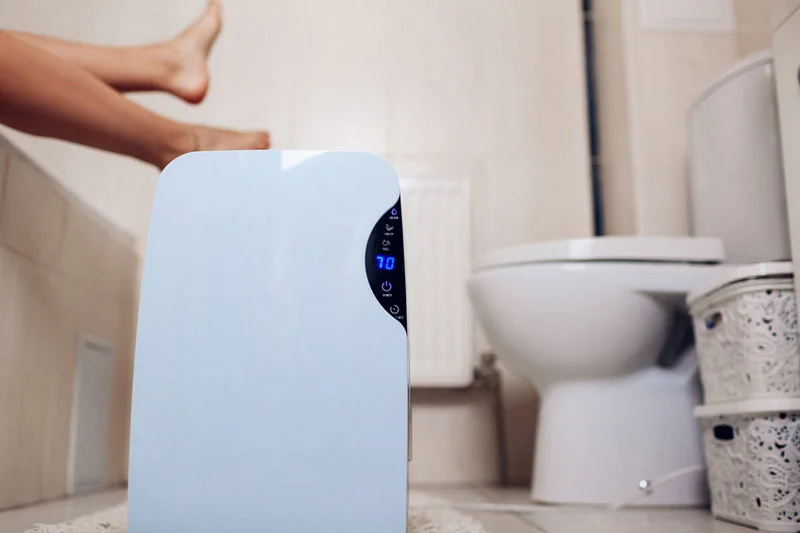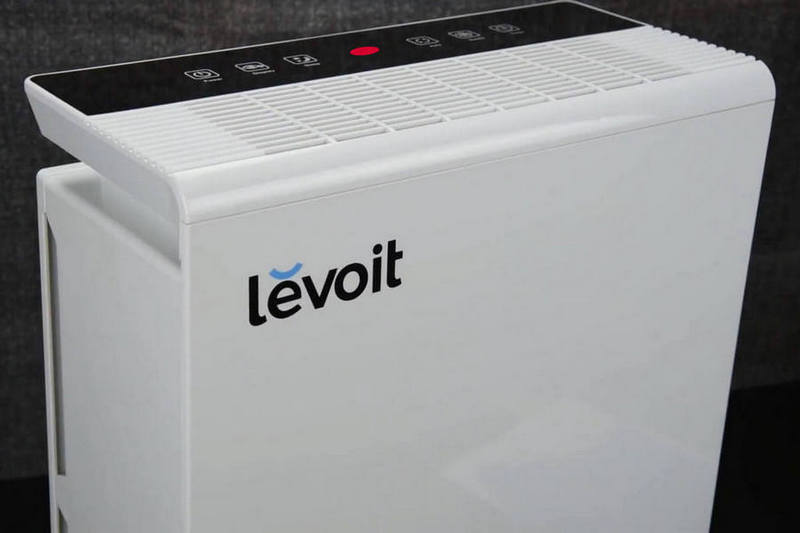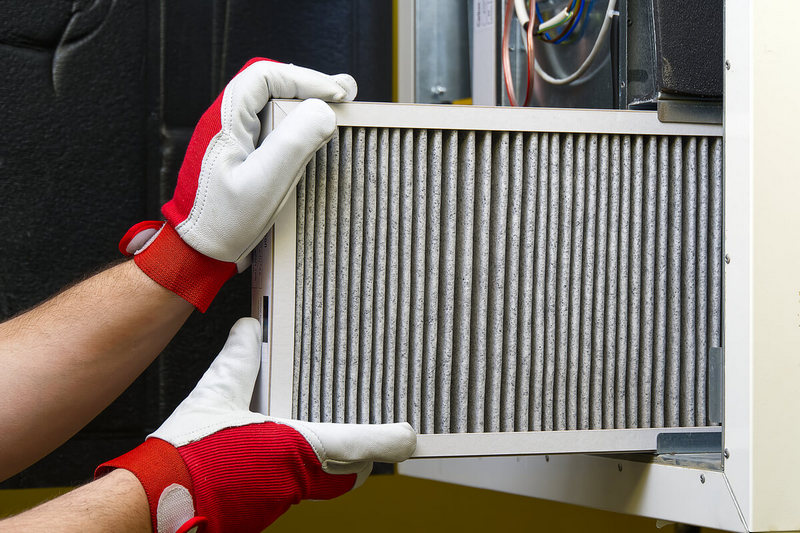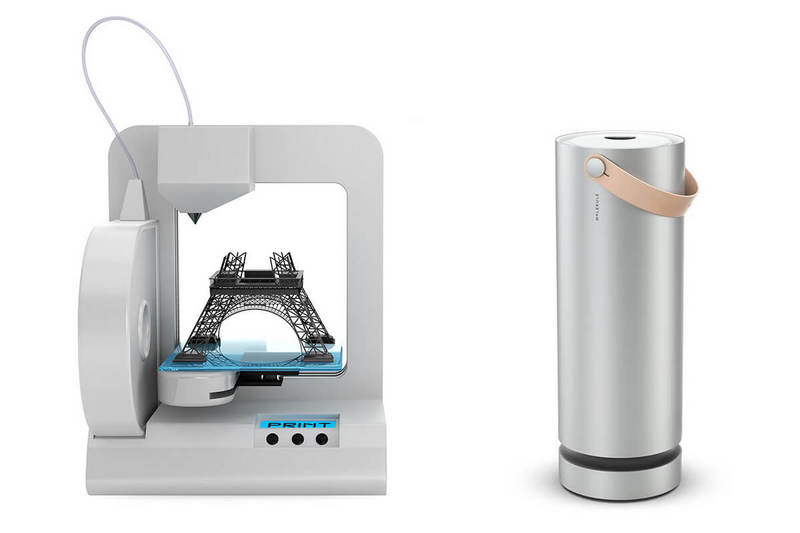When it comes to choosing an air filter for your HVAC or cooling system, you have to consider a number of things. One of the first things to consider is which types of air filters will work best for your home. Remember that your goal is to improve the air quality in your home.
Let’s take a look at two choices in this article as we compare pleated vs non-pleated air filters.
Pleated Air Filters
Before we dive into which type of material is best for your home, let’s go over what each air filter can offer.
Pleated air filters are excellent options that provide more protection and filtration compared to standard filters. Just like other types of air filters, these options can come in a wide range of sizes that will be able to fit your HVAC system. Depending on what size you choose, you can find sizes that range from 1 to 6 inches in width, which makes any filter higher than 6 inches deep-pleated filters.
What makes pleated air filters a good investment? Well, these filters are made of a synthetic media wire design that is especially made to filter out microscopic airborne particles. These can include dust, pollen, mold, bacteria, pet dander, dust mites and other types of particles.
The overall design is efficient and durable. The pleated air filter is designed specifically for people who suffer from allergies and those who are sensitive to pollutants. Make sure that you choose the right size to fit your air conditioning system or furnace.
Non-Pleated Air Filters
The non-pleated air filters are much more common and are considered traditional for residential homes. You will also find them much more affordable than pleated air filters.
Usually, these types of air filters are designed to last only a month or two at the most. This is why you should replace the non-pleated air filters on a monthly basis, depending on the HVAC and filter model.
The non-pleated filters are also convenient because they’ll be able to fit any type of furnace or AC unit. The fabrics or materials that compose these filters are made from fiberglass, polyester, electrostatic materials and other types of fabrics. These are weaved randomly inside the filter’s frame to create a strong barrier to catch harmful particles in the air.
Because of the reliable design that comes with non-pleated filters, you may also notice a decrease on your monthly electric bills. Although the non-pleated filters are not sturdy and not made to last long, many choose these options because they give the perfect balance of air flow and a good filtration setup.
Some of the benefits that you can get from using these filters can include optimal performance from your HVAC unit and efficient air flow to keep your home at a comfortable temperature.
The biggest difference from pleated air filters is that the non-pleated alternatives are made to catch large particles. The dust and debris can add up quickly on the non-pleated filters. On the other hand, pleated air filters are designed to catch smaller particles, which is why they tend to last longer.
Pleated vs Non-Pleated Air Filters: The Benefits And Drawbacks
In order to get a better feel of what each option has to offer along with their benefits, it would be best to list the pros and cons that come along with each filter.
One example can be the pleated air filter. Although this type of filter can be beneficial to those who suffer from allergies and who are sensitive to pollutants, the cost can be much more expensive when you compare pleated air filters to the non-pleated alternatives.
This will include both the price upfront and on a monthly basis. Since your HVAC unit will have to work harder to push air through the pleated air filters, you are sure to see an increase on your monthly energy bills.
Let’s go over a quick list of the pros and cons that come with pleated and non-pleated air filters:
Read Also: Best Air Purifiers Without Filters
Pros and Cons of Pleated Air Filters
Pros:
- High level of protection
- Comes in various sizes
- More efficient in filtering out microscopic airborne particles
- Can capture dust, dust mites, mold, pet dander, pollen and more
- High MERV ratings for better filtration and an extended lifespan
- Excellent for allergy sufferers
Cons:
- May restrict air flow
- Could increase energy usage
- Higher electric bills
- More expensive than non-pleated
- Need specific sizes to accommodate HVAC systems
Pros and Cons of Non-Pleated Air Filters
Pros:
- Less expensive than their counterparts
- Effective at filtering out large particles
- Can be easily replaced
- Good at catching lint, dust, insects and more
- Provides good air flow while also offering good filtration results
- Complements your AC’s performance and efficiency
- Can fit any type of HVAC unit
Cons:
- Only made to catch large debris
- Inefficient against small particles
- Needs to be replaced monthly
- Not ideal for allergy sufferers
- Have low MERV ratings
Pleated vs Non-Pleated Air Filters: Which One Is Right for You?
When you’re considering which type of air filter is right for you, make sure that you factor in the MERV ratings. The ideal recommendation for a MERV rating is 8 for air filters. However, those who suffer from respiratory issues or who are sensitive to air pollutants and allergens should choose filters that have a MERV rating between 9 – 12.
Another thing that should go into consideration is the price. Remember that pleated air filters are more costly when you buy them upfront. Moreover, they will also increase your monthly electricity bills. It would be ideal to make a budget so that you can make the right choice.
However, another thing to consider is that non-pleated filters are easier to replace and much more cost effective.
In the end, the recommendation would largely depend on having someone in the house who is sensitive to pollutants or who is an allergy sufferer. In this case, the pleated alternative would be the best investment even though it may come out a little higher in price. By going over all of this information, you are sure to make the right choice for you and your family.

